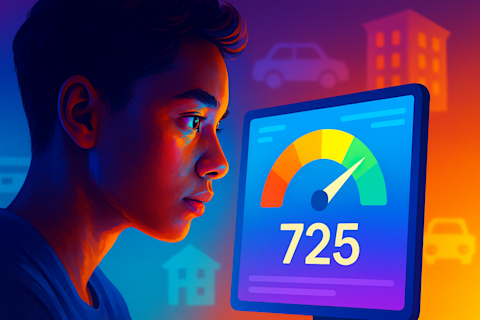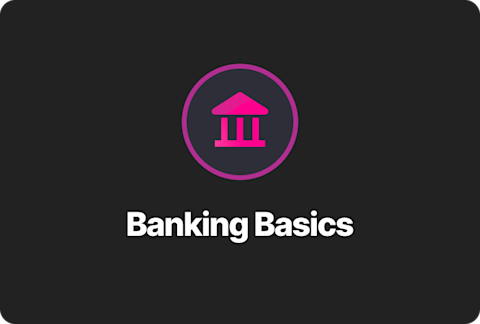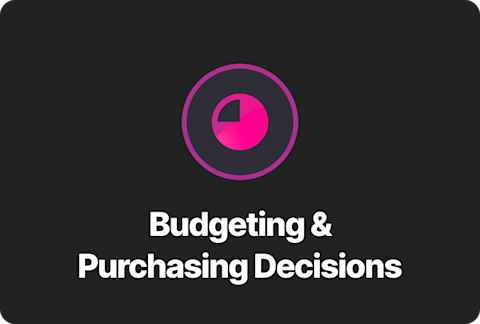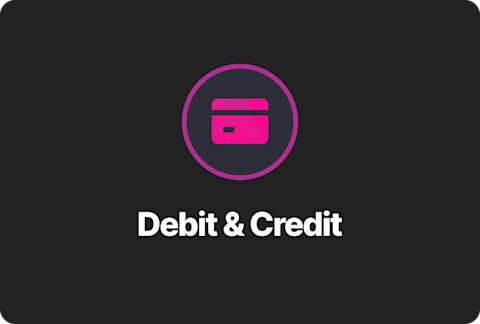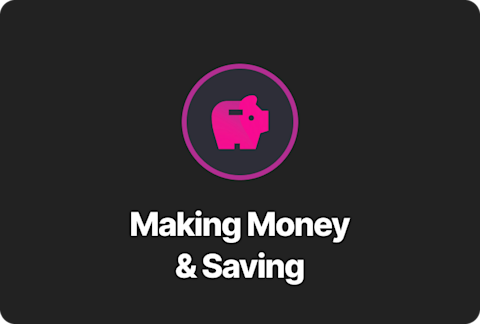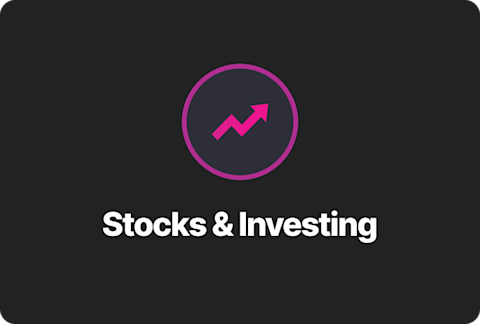Understanding Loan Types: A Beginner's Guide

Sometimes in life, borrowing money can help you move forward—whether it’s to fund your education, buy your first car, or start a business. But remember, loans should always be used responsibly, with a clear plan to pay them back. Borrowing without understanding the terms or consequences can lead to long-term financial stress.
This guide will break down five common loan types, their purposes, and how they work. By the end, you’ll know how to navigate the loan application and approval process and make informed decisions about borrowing.
1. Student Loans: Investing in Your Education
Higher education often requires significant funds, and student loans can make this possible. There are two main types: federal and private.
Federal Student Loans: These are provided by the government, often at lower interest rates with flexible repayment options. Benefits include income-driven repayment plans and potential loan forgiveness. Private Student Loans: Offered by banks or private lenders, these loans typically have higher interest rates and stricter repayment terms. They may require a strong credit score or a cosigner.
Pros: Access to education, lower interest rates for federal loans, flexible repayment options. Cons: Long loan duration, potential for accumulating debt.
💡 Pro Tip: Start with federal loans before considering private ones. Filing your FAFSA early can increase your chances of getting the best financial aid package.
2. Auto Loans: Driving Your Dreams
Need a car to commute or gain independence? An auto loan helps you finance a vehicle over time. These loans are usually secured, meaning the car itself acts as collateral—the lender can repossess it if you fail to make payments. Learn more about getting an auto loan even without a high credit score.
Auto loans typically have loan terms of 3 to 7 years, with interest rates based on your credit history and down payment amount.
Pros: Lets you buy a car without upfront payment, builds credit if repaid on time. Cons: Cars depreciate quickly, and longer loan terms mean higher total interest costs.
3. Personal Loans: Proceed with Caution
A personal loan provides flexible funding for expenses like consolidating debt, covering unexpected bills, or making large purchases. These loans can be secured (backed by collateral) or unsecured (no collateral required).
While personal loans may seem like a quick fix, they often come with high interest rates—especially for those with a low credit score. Additionally, hidden fees or penalties for early repayment can make them costlier than expected.
Pros: Flexible usage, fixed repayment schedule. Cons: High interest rates, potential for additional fees.
4. Credit Builder Loans: Starting Your Financial Journey
If you’re just beginning to build your credit score, a credit builder loan can help establish a positive credit history. These loans work differently from others: instead of receiving the loan amount upfront, the money is held in a savings account. You make monthly payments, and once the loan is fully paid, you gain access to the funds.
This type of loan is specifically designed to demonstrate responsible borrowing to credit bureaus, helping to improve your credit profile over time.
Pros: Builds credit without risk of overspending, encourages saving habits. Cons: Limited to those building credit, funds aren’t accessible until the loan is paid off.
⚠️ Better Alternative: While credit builder loans can help establish credit, Step offers a simpler and more flexible way to build your credit without upfront payments or locked funds. With Step's Visa credit card to build credit, you can start improving your credit score immediately while managing your money seamlessly.
5. Small Business Loans: Fueling Your Entrepreneurial Spirit
For young entrepreneurs, small business loans provide the capital needed to launch or grow a business. These loans often require collateral (like equipment or property) and a detailed business plan.
Pros: Access to startup capital, opportunities for growth. Cons: Rigorous application process, risk of losing collateral if you default.
💡 Example: Imagine needing $50,000 to open a bakery. A small business loan can help cover the cost of rent, equipment, and inventory, allowing you to focus on building your dream.
Key Factors to Consider When Choosing a Loan
When deciding which loan is right for you, keep these factors in mind:
Loan Comparison: Research loan options and compare loan conditions and rates. Loan Term and Duration: Shorter loan terms mean higher monthly payments but lower overall costs. Interest Rate and Calculation: Understand fixed rates and variable rates to choose the best deal. Credit History: A strong credit history improves loan approval odds and secures lower rates.
FAQs About Loans
Q: What’s collateral? A: Collateral is something valuable (like a car or property) that a lender can claim if you fail to repay a secured loan.
Q: How does my credit score affect loan approval? A: A high credit score makes it easier to get approved and lowers your interest rate, saving you money.
Q: How do I calculate the true cost of a loan? A: Use an interest calculation tool to estimate the total repayment, including APR, and compare across lenders.
Borrow Responsibly
Borrowing can be a smart financial move—when done responsibly. By understanding the basics of loans, you’ll be better equipped to make informed decisions, avoid pitfalls, and achieve your goals.
Ready to take control of your finances? A credit building app like Step helps you build credit effortlessly while offering smart money management tools. Open your account today to start your financial journey!



